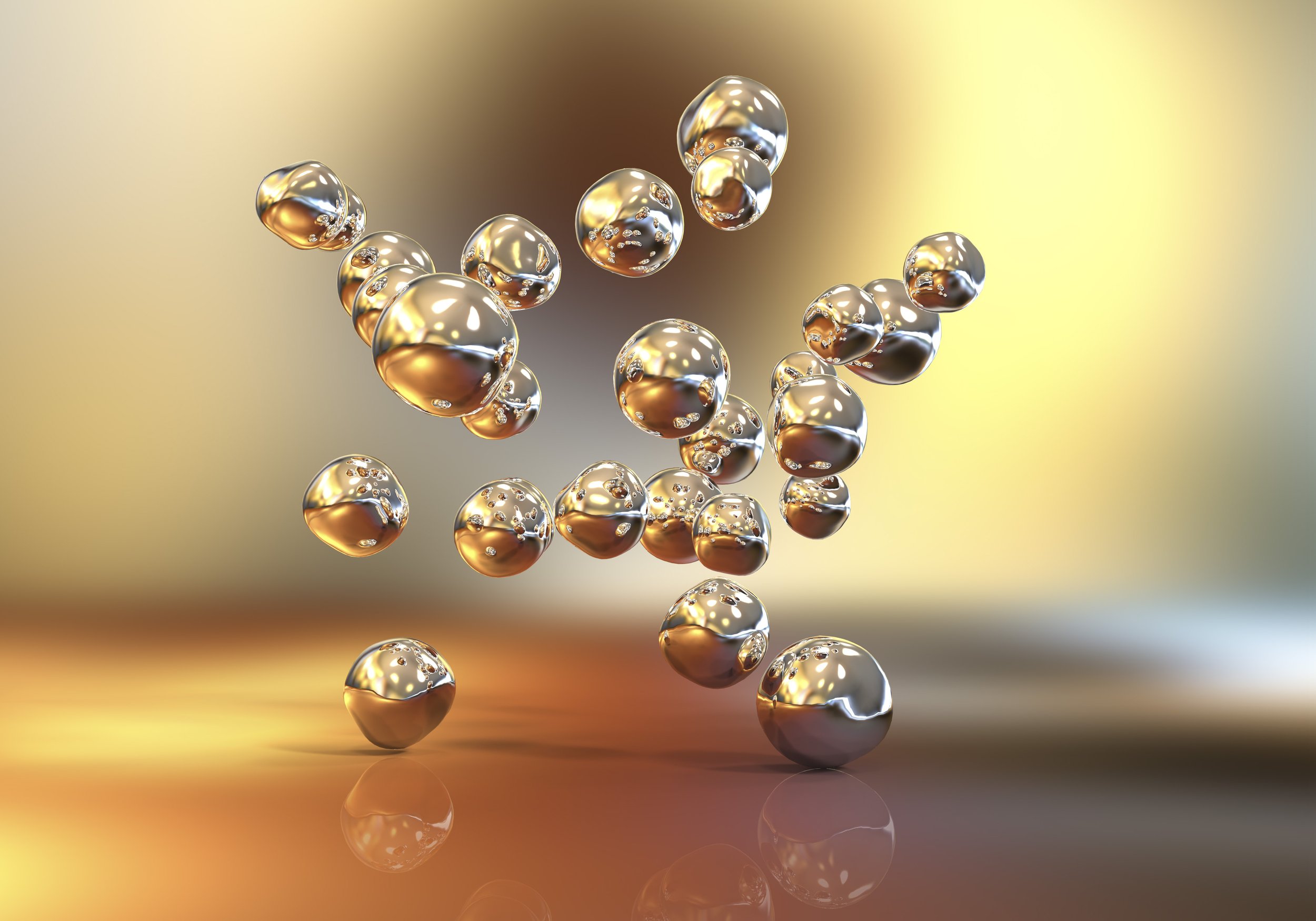Mussel-Inspired Technique Paves Way for Efficient Nanoparticle Assembly

Nanoscale materials offer remarkable chemical and physical properties that transform theoretical applications, like single-molecule sensing and minimally invasive photothermal therapy, into practical realities.
The unparalleled features of nanoparticles make them promising for various research and industrial uses. However, effectively using these materials is challenging due to the absence of a rapid and consistent method to transfer a uniform monolayer of nanoparticles, a crucial step in device manufacturing.
One potential solution to this challenge lies in electrostatic assembly processes, where oppositely charged nanoparticles adhere to a surface, forming a monolayer that repels other similarly charged particles from attaching further. While effective, this process is often slow. Nature provides an innovative model to address this limitation through underwater adhesion strategies, which have evolved to circumvent similar problems.
Inspired by these natural processes, a research team at the Gwangju Institute of Science and Technology, led by PhD student Doeun Kim and Assistant Professor Hyeon-Ho Jeong, developed a "mussel-inspired" nanoparticle assembly technique. This method enables rapid transfer of materials from water to 2-inch wafers in just 10 seconds, creating 2D monolayers with about 40% surface coverage. Their work, highlighted in the journal Advanced Materials, represents a breakthrough in nanoparticle assembly.
Ms Kim explained the inspiration behind the novel technique, noting how mussels approach surfaces in water. "We saw that mussels simultaneously radiate amino acids to dissociate water molecules on the surface, enabling swift attachment of the chemical adhesive on the target surface," she said. The team realised that a similar approach could be taken with nanoparticles by introducing excess protons to remove hydroxyl groups from the surface, increasing the electrostatic attraction between the nanoparticles and the target. This insight significantly sped up the assembly process.
The researchers manipulated the electrostatic surface potential of both the nanoparticles and the target surface by using proton dynamics, ensuring the particles uniformly adhered in seconds. They then tested this technique's efficiency by comparing it with traditional assembly methods. The results demonstrated that this approach was 100 to 1,000 times faster than existing methods. The accelerated assembly was attributed to the protons' ability to remove unwanted hydroxyl groups, enhancing the diffusion and adhesion of the nanoparticles.
Moreover, the charge-sensitive nature of this process facilitated precise "healing" of monolayer films and enabled "pick-and-place" nanopatterning at the wafer scale. This technique also allows the production of wafer-level, full-color reflective metasurfaces through plasmonic architecture, unlocking new possibilities in creating colorful artworks and optical encryption devices.
This nature-inspired proof of concept marks a significant advance toward the broader use of monolayer nanomaterial coatings. Professor Jeong envisioned the potential impact of this research: "We envision that this research will accelerate the impact of functional nanomaterials on our lives and advance the mass production of mono-layered films, thus facilitating a wide range of applications, ranging from photonic and electronic devices to novel functional materials for energy and environmental applications."
This innovative technique could play a pivotal role in future nanotechnology applications, offering a method that is not only rapid and efficient but also precise and adaptable.
Author:
Arnold Kristoff
Content Producer and Writer





